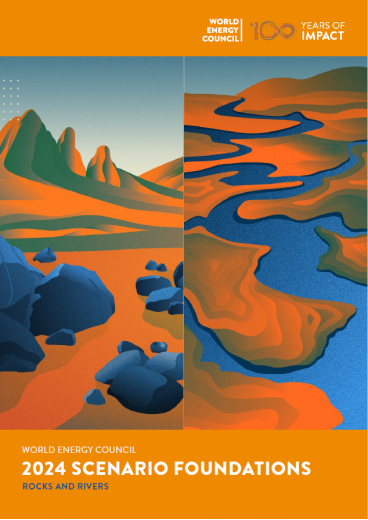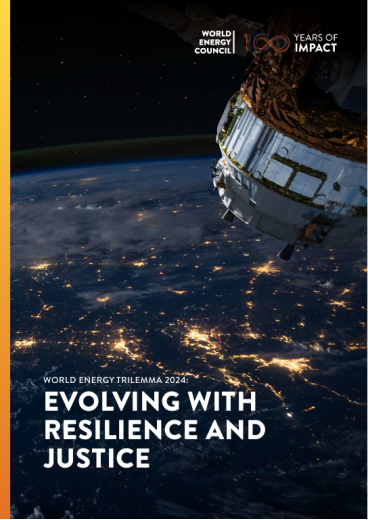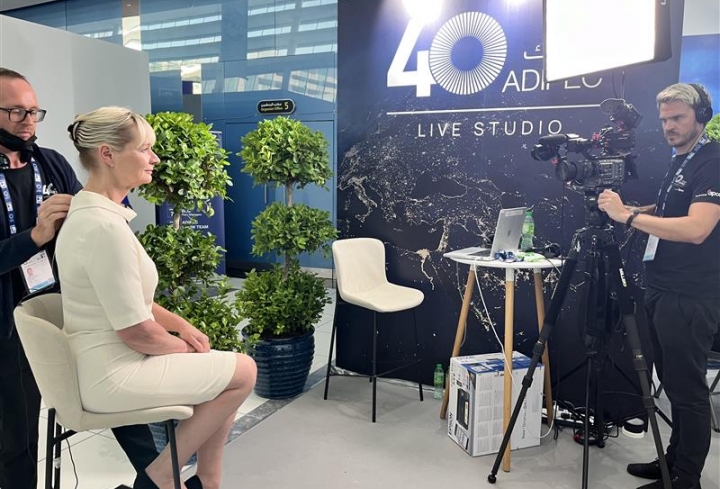The symposium held at Keidanren Hall in Tokyo, 5 September, included five experts who delivered presentations in a panel discussion on the subject.
In a session entitled ‘Utilities Future (2050), Prospect Based on Utility 3.0’, Dr Hiroshi Okamoto, Vice President, Tokyo Electric Power Grid Co. Ltd added Depopulation and Deregulation to the World Energy Council’s three main drivers of the energy transition: Decarbonisation, Decentralisation and Digitisation.
Dr Okamoto also stated that services provided by utilities will change from a ‘thing’(electricity) to a ‘service’(experience by electricity usage). Electric power systems and transportation systems (EVs) will be integrated, with infrastructure from other utility services such as telecommunications, water supply and gas also being integrated.
Mr. Hidenori Maeda, VP of Chubu Electric Power Co., in his session ‘Future Challenges for the Utility as an Infrastructure Industry’, stressed the importance of securing business continuity under the current situation where wheeling tariff income has started decreasing due to electricity demand decrease. He stated securing the necessary skills to cope with ageing facility management, increasing business productivity utilising innovative technologies, new alliances to share smart meters and the need for improvements in current working conditions as key risk and issues for mitigation.
Ageing infrastructure and renewable penetration are important concerns according to Mr. Kazuaki Takaichi, Director, Transmission & Distribution Company, Kansai Electric Power Company, in a session titled ‘Digitalisation in the Distribution Sector’.
Mr Takaichi stated data is becoming increasingly important and is currently being utilised from smart meters, switch gears on poles, and high-precision methodological big data. He also reported the benefits of big data include streamlining of distribution facility enhancement by detailed estimation of loading level, visualisation of blackout area in real time, streamlining of equipment inspection and improved accuracy in PV output forecasting.
Mr. Atsushi Oda, Vice President and Executive Officer, CEO, Power Business Unit, Hitachi Ltd, spoke about how Industry, Government and Academia can better collaborate to meet United Nation’s SDGs and the Japanese government’s Society 5.0 programme objectives during his talk on ‘Challenges Toward New Business Opportunities Through Game Changes in the Market’. Use cases described included: connected electric appliances, robotics and an Internet of Things (IOT) platform called LUMADA (illuminated data).
Dr Yokoyama introduced several initiatives at his university including an industry-academia collaboration called APET (Centre for Advanced Power & Environment Technology), established in 2008 as a core centre for human resource development. He also described the 2050 vision and scenarios chosen from a 3-dimensional matrix consisting of Generation, Transmission and Demand and a demand forecast based on the future global trend of electrification and energy efficiency improvements.


.pdf__368_520_s_c1_c_c.jpg)


_688_387_s_c1_c_c.png)

_688_387_s_c1_c_c.jpg)
